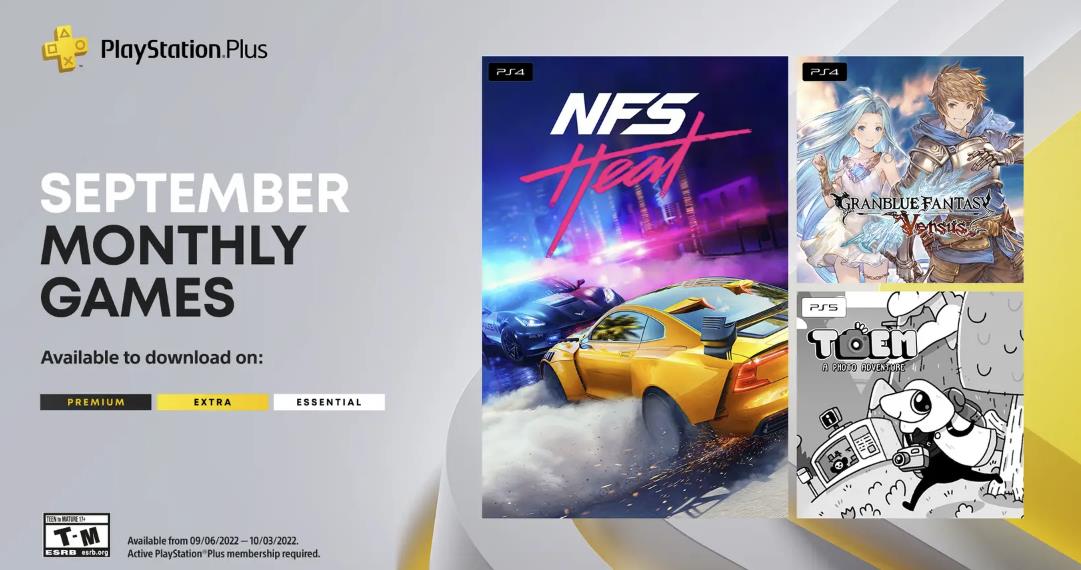Ghost of Tsushima swordplay mechanics detailed, will offer a satisfying challenge for players
Sony’s highly anticipated exclusive Ghost of Tsushima has just gone gold ahead of its release date and it is shaping to be quite the samurai fantasy experience.
Sucker Punch co-founder Chris Zimmerman was very enthusiastic in his recent Playstation Blog entry, discussing the sword combat they developed for Ghost of Tsushima. He was pretty detailed and technical about it too, citing samurai movies like 13 Assassins for inspiration and taking into consideration human reaction times. Generally speaking, they summed it up to three aspects: Speed, Sharpness, and Precision.
Sucker Punch is going for some realism here in Ghost of Tsushima, so they put a lot of effort to making the speed of a katana swing as believable as possible. The realism of speed also applies to the enemy Mongols you will be fighting in the game. Basically, attacks will be quite fast but the developers want to give players a chance to react to the first attack in enemy attack strings, thereby making players learn to anticipate.
“Katanas aren’t heavy — roughly two to three pounds — so quick slashing attacks are at the center of most katana fighting styles. All the attacks in the game are captured on our in-house motion capture stage, so they represent realistic movement speeds. Those realistic speeds created an interesting problem — they were too fast to react to.”
Let’s face it, samurai fights in movies are pre-choreographed so they look awesome to watch, but as much as said movies are their inspirations, the developers would want to capture more the intensity of these scenes. They did this by making enemies be able to overlap, meaning expect multiple enemies coming at you (two or even three at once, according to the devs) where an attack will be coming while you’re still dealing with another. As Zimmerman says, “Ideally, players leave fights a little bit exhilarated, because that’s how Jin feels. Barely in control, barely alive, but moving forward nonetheless.”
“Respect the katana.” This was the developers’ mantra when it comes to designing the damage system in Ghost of Tsushima. All it takes to kill is a few sword cuts, and this will apply to both you and your opponents, as evidenced in the video clip above where our protagonist could possibly die in as little as 3 hits.
“Sharp weapons and aggressive enemies mean that death is always nearby. That sense of danger, that you’re never more than a few mistakes away from dying, is crucial to Ghost of Tsushima’s tone. Players have plenty of techniques to defend themselves, and even more ways to attack. If you concentrate, if you stay focused, you’ll survive the fight. If you lose focus, you’ll die. We’re trying to put you in Jin Sakai’s footsteps; those are the rules he is forced to live by, and they apply equally to you.”
The developers’s approach to precision has multiple facets to it, namely offense, defense, and stances.
Players will be able to block attacks with the L1 button. Easy enough. But the developers want to reward precision here. By pressing the L1 button before an attack lands, a block becomes a parry leaving your opponent open to a counter-attack. Successfully doing this earns protagonist Jin some Resolve, which the developers describe as “Ghost’s measure of the samurai spirit that lets him push through the pain and injury he sustains”. After considerable upgrades, the parry can become a perfect parry letting you deal a stronger counter-attack and earn much more Resolve.
Offense was more simple to grasp, in that Jin will be able to cancel out of slow attacks depending on the situation. This would mean in the middle of a slow attack, should you be attacked from behind, you can stop and deal with said attack. And this is pretty helpful considering that enemies in Ghost of Tsushima won’t wait to get slashed. When fighting a group up to two or three can attack you and even do their best to flank you.
Finally, stances let players deal with different situations as each stances are effective against certain enemies. The example given here shows Jin going into his ancestral Stone stance to deal with a swordsman and then going into the water stance to deal with the shield user. This would mean players will need to be quick to adapt as well given any situation in a fight.
Sucker Punch is surely putting emphasis in the swordplay for Ghost of Tsushima and it shows in the amount of detail, incorporating a mix of old and new concepts all rolled into just one game to potentially offer a fresh kind of combat experience that is both satisfying and challenging.
Ghost of Tsushima releases on July 17, 2020 exclusively for the Playstation 4.





